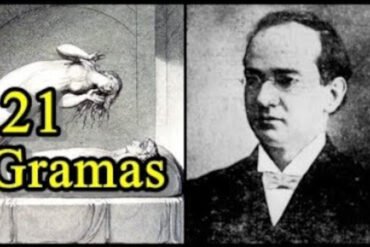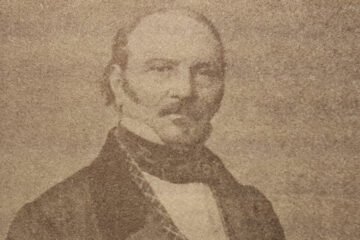Michael Colmer.
FOR SOME YEARS now full length feature films coming out of Hollywood have been getting ever closer to the mainstream beliefs nurtured by Spiritualists. The watershed was perhaps “Ghost”. more recently came “Sixth Sense” and similar offerings. The latest is released this month and titled “21 Grams” and is based upon the work of pioneering American medic Dr Duncan MacDougall who attempted to measure the weight of our souls at the turn of the last century.
Despite two Oscar and five Bafta nominations plus the fact its male lead, Sean Penn, is a current box office attraction the film itself may not leave a major mark. American critics were lukewarm on its release late last year.
Described as “an emphatic melodrama ” it’s plot revolves around a recovering drug addict and widow who is drawn to an affair with a melancholic maths teacher suffering from terminal heart disease. Add to this a born again ex-convict terrorising his wife and two children with evangelical fervour it can hardly be described as a ‘feel good’ movie. Thus it comes as small surprise that immediately after its general release in the UK home versions in DVD format will also be available.
But what is important about this film is that it draws upon the now all but forgotten experiments with terminal patients carried out in 1907 by Dr MacDougall of Haverhill, Massachusetts, and which first appeared in the journal “American Medicine”.
Dr MacDougall set out to discover “if the psychic functions contuinue to exist as a separate personality after the death of the brain and body”. He built a special bed in his sanatorium “arranged on a light framework and balanced on highly sensitive scales ” which could measure fractions of an ounce.
He won the co-operation of six of his terminal patients, one diabetic, two with TB and one unspecified. He then set out to observe them in their terminal stages of quitting this earth and made copious notes. “Each patient’s comfort was cared for in every way.” One patient was recorded as being ‘practically moribund’ when placed on to the special bed. “He lost weight slowly at the rate of one ounce per hour due to evaporation of perspiration” .
“At the end of three hours and 40 minutes he expired and suddenly coincident with death the beam end of the bed dropped and recorded an unexplained weight loss of three quarters of an ounce”. Similar weight losses varying from half an ounce to one ounce occured with at the moment of passing with his other terminal patients. But Dr MacDougall remained baffled by his measurements. He explored every other possible reason for this phenomena from bladder and bowel evacuation to residual air in lungs but could find no medical explanation. He then repeated this experiment with fifteen dogs but without any similar unexplained measurements.
When his findings were published fellow medics scoffed and took him to task. But MacDougall stood by his research although admitting that to satisfy the medical community such experiments would need to be repeated on a larger scale. By 1911 he turned his attention to X-rays testing his theory that the human soul can be photographed.
Today – almost 100 years on – few , if any, researchers have tried to repeat Dr MacDougall’s experiments but he did leave us a legacy that Hollywood has seized upon for a movie.
Perhaps their next foray into the two worlds of Spiritualism in search of heroic inspiration will draw upon the suffering of materialisation mediums.
Source: The Spiritist Messenger, 12th Year, Number 53, August 2004






